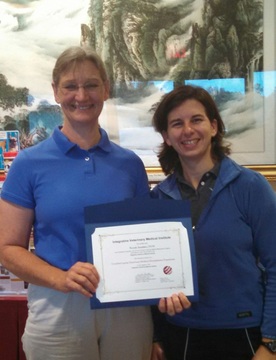
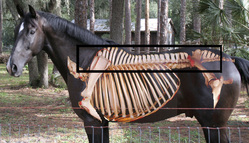
A horse’s spine is huge and buried deep in inches of muscle, how can you possibly “pop” his bones back in place?
While it is easy to explain that there is a bone out of place and we are pushing it back where it belongs; that is a gross oversimplification and not at all accurate. If the horse’s bones were actually out of place, it would constitute a veterinary emergency and would be visible on radiographs. The restrictions that I palpate involve muscles that have tightened on one part of a joint causing it to lose its normal range of motion. Most corrections are small, fast movements meant not to move bones, but instead to activate the nervous system, resetting those tight muscles to allow normal joint range of motion. This is why manipulations are not about strength but rather speed and accuracy.
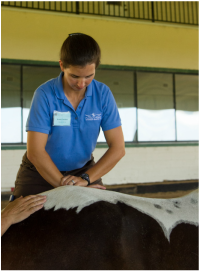
Treatment begins with a history of the horse, current issues under saddle and an exam at the walk. While trotting is great for looking at lameness, the spine actually moves more at the walk making it better for evaluation. Next comes a brief check of the cranial nerves and motion palpation of the entire body, starting at the temporomandibular joint and hyoid bone, continuing down the neck and back with special attention paid to each rib head, the sacroiliac region and pelvis. Beyond looking at the axial skeleton there are stops in between to manipulate all of the joints of both front and rear legs. Abnormalities in the motion of the joints along the way are generally corrected at the same time.
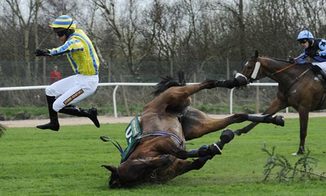
Yes definitely!
-Horses showing signs of neurologic impairment (especially with a history of recent trauma) should have their necks radiographed prior to manipulation as a fractured vertebrae could become displaced even with mild manipulation.
-Recent trauma, even without neurologic signs may not respond well to manipulation. Ideally we would like to wait 5-7 days to allow inflammation to decrease so the true underlying problems can be determined.

Now that you have heard my side of the story, I would love to hear your comments as well as any other questions you have. Please send me e-mails with your questions or comments at [email protected]. I also plan to offer a free client education course on EVMM in January so keep an eye on my website and Facebook page for details.
*As a side note, if you hear of a Dr. Snedden who is a chiropractor, that is my brother, Dr. Cale who works at the Montonya chiropractic center on 21st street in Newark. I highly recommend his services.

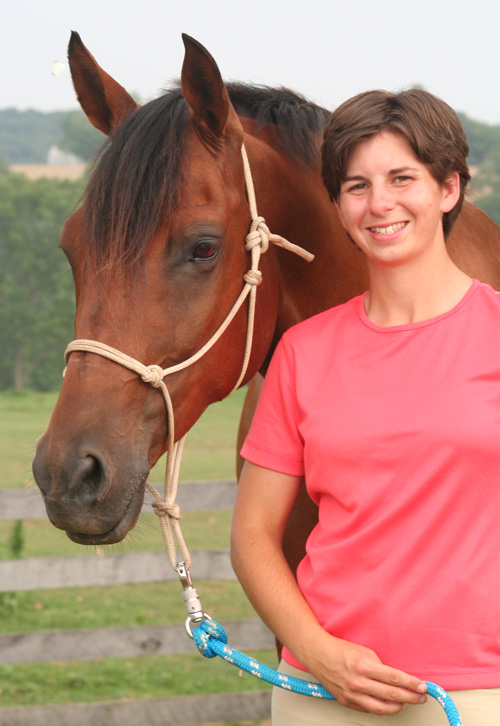
 RSS Feed
RSS Feed
